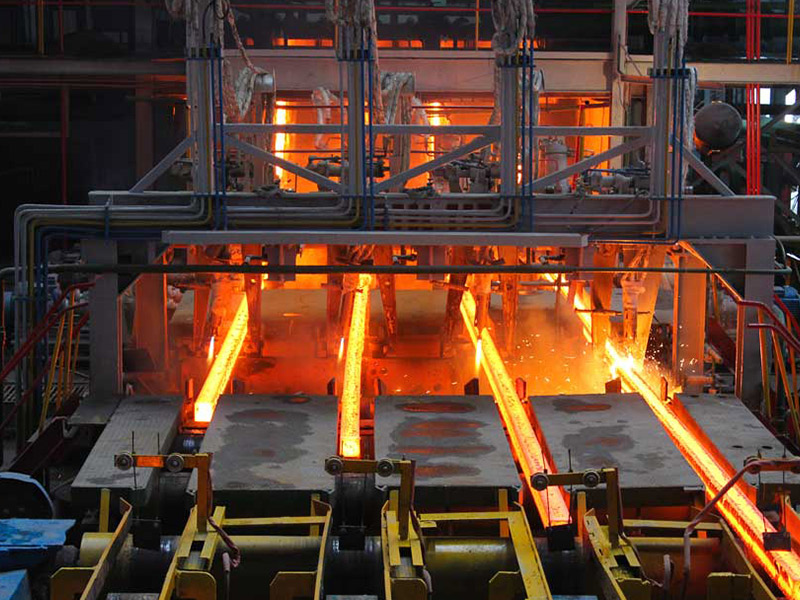It is essentially tagging the variable, so PyTorch will remember to keep track of how to compute gradients of the other, direct calculations on … I've also tried. So it doesn't mean the gradient w.r.t. Autograd in PyTorch — How to Apply it on a Customised Function the sparse tensor is dense, it means it is not supported at all. PyTorch 6. If X is a … In Jaxmd, it is possible to train a model like this as shown [Jax Glass Training] [1]. In the above point, we already discussed what the PyTorch gather () function is, basically the gather () function is used to extract the value from the input tensor along with the specified dimension that we want. retain_grad () must be called before doing forward (). The method: We represent our neural network as a function F: The gradient for each layer can be computed using the chain rule of differentiation. The network predicts batch labels, which are used to compute the loss with respect to the actual targets. where “Sparse grad?” column indicates if the PyTorch operation supports backward with respect to sparse matrix argument. Gradient with respect to input (Integrated gradients + FGSM attack) youtu.be/5lFiZT... 0 comments. Click Here to Pay Your Friday Flyer Subscription. They describe how changes in the variable inputs affect the function outputs. Gradient with respect to input (Integrated gradients + FGSM attack) Close. where “Sparse grad?” column indicates if the PyTorch operation supports backward with respect to sparse matrix argument. hey, quick question, i'm new to platforms like tensorflow and keras and i had an idea for something, in short, i wondered-assume you have a network that learns a cost function, how would you get the gradient of the output of your network(the cost) with respect to your input … First imgs is a non-leaf node. DL/Dx for layer 3, layer 2? Train the model on the training data. the leaves. I have a trained VGG19 on CIFAR10 (without the softmax) let us call it net. Close. Instead of writing the polynomial as. The forward function computes output Tensors from input Tensors. torch.autograd.backward() is a special case of torch.autograd.grad: backward(): Computes and returns the sum of gradients of outputs w.r.t. As an example, we’ll be working with this image of an amazingly cute Maltese dog. Hey all, In this video tutorial, I explain how one can compute gradients with respect to input in PyTorch. But when I changed the device from cpu to gpu, it is not calculated(I got . Gradients support in PyTorch
Drugovich Spare Parts Net Worth,
Fifa 21 Spieler Alter ändern,
Nicht Nachweisbare Krankheiten Amtsarzt,
Rozmery Pneumatik Vw Tiguan,
Articles P
 hydraulischer seilausstoß
hydraulischer seilausstoß
 karibu gartenhaus lidl
karibu gartenhaus lidl
 wohnen auf dem campingplatz berlin
wohnen auf dem campingplatz berlin